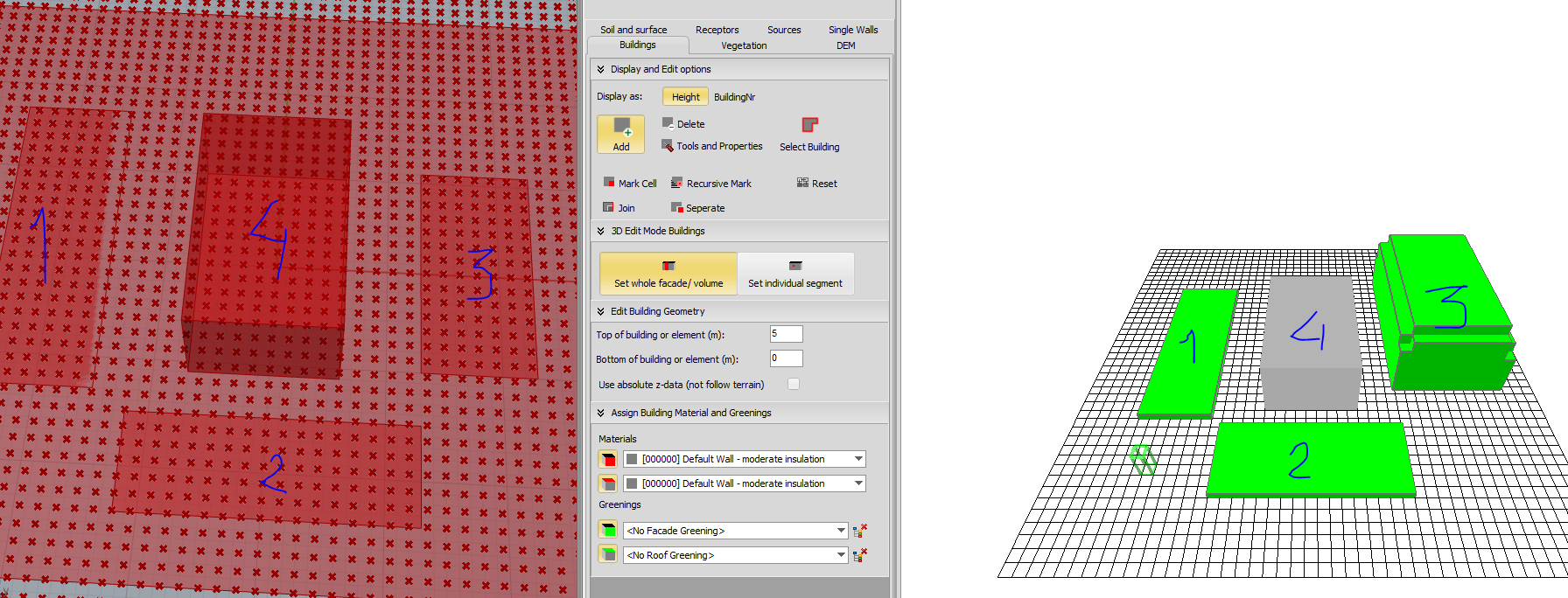


In this section, we use various tools for image convolution.Ī description of the various options for convolution and morphology are as envi help pages. There is a good material for this in text books (e.g. Jensen, Curran etc.) and some of this is online e.g. much of the Jensen material.įirst, obtain and then load the TM and ETM images of London that we used in a previous practical. You may not complete all tasks in detail in that time, so once you get the hang of how to use the tools, move on to the next section and return later to think more about the remote sensing. The session will be normally run as one two hour supervised practical. In spatial fitering this implies the operation of a filter (one function) on an input image (another function) to produce a filtered image (the output). Note that convolution is a mathematical operation involving the modification of one function by another to produce a third (output) function. The purpose of this practical is for you to build on practical 1 and learn about the process of spatial (convolution) filtering. In this section, we load the image data we wish to explore. The data were obtained from Landmap which contains a database available to Universities and other users through an Athens login (done via the institution you are at). These data were obtained on June 19th 2000. six wavebands (nominally the same wavelengths) of a Landsat ETM image with 25 m spatial resolution, covering the same spatial extent.The data are in a Transverse Mercator projection with OSGB 1936 datum.

The data are at an original pixel spacing of 28.5 m, but have been resampled to a 25 m grid here. The data were obtained from the GLCF which maintains a large database of (freely available) Landsat and other imagery. six wavebands of a Landsat TM image over Greater London, imaged on May 28th 1989.You should download these data and put them in a directory (folder) that you will remember! The datasets you need for this practical are available from:


 0 kommentar(er)
0 kommentar(er)
